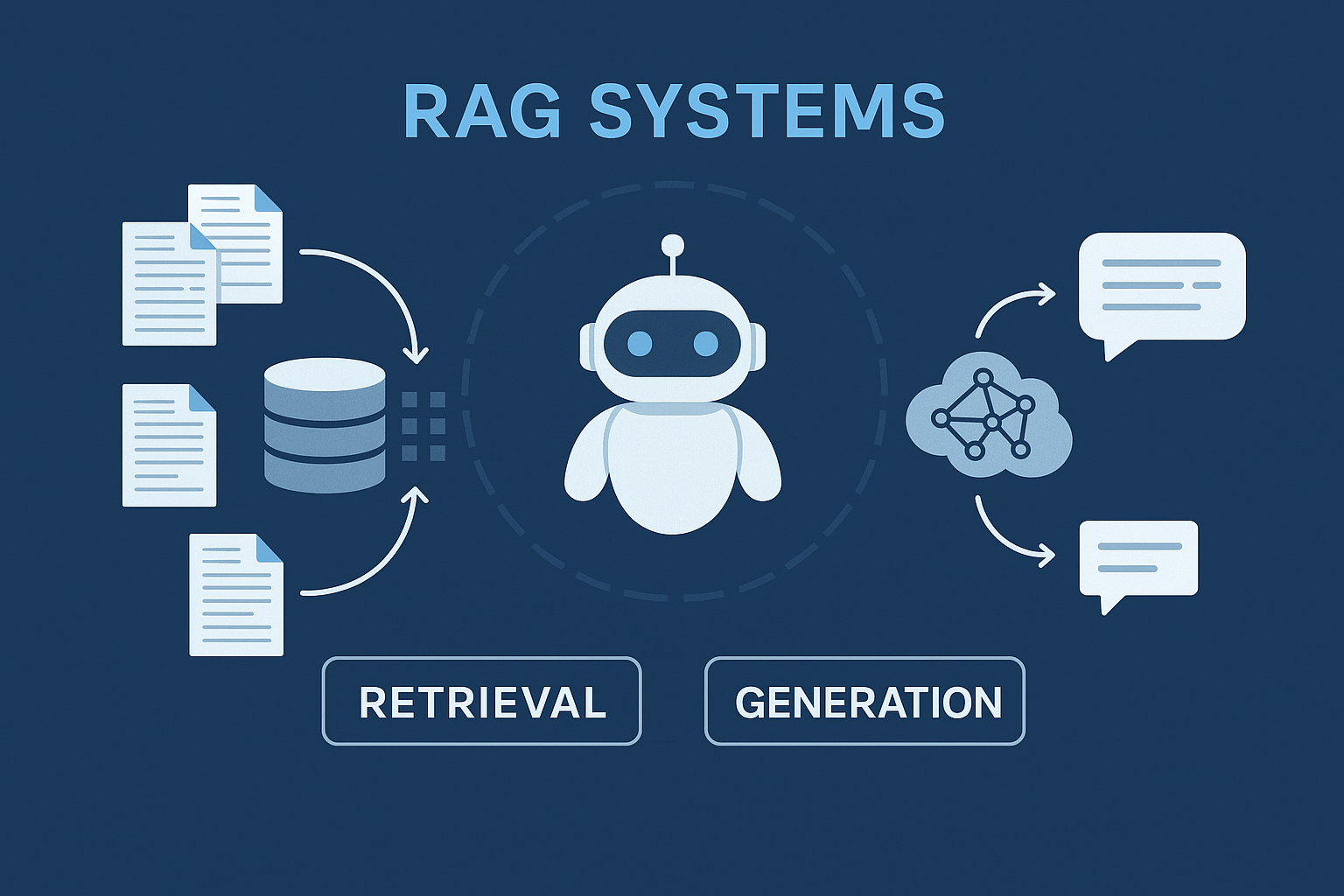
Eat Your Own Dogfood: Why We Built Our Own Agent Platform
Over the last few months, we’ve built several custom AI agents for our customers — stepping deep into basics, like extracting text and tables from PDFs, retrieve the right knowledge chunks, assure consistency or validating business logic.
It worked.
But it was kind of messy.
From Quick Fixes to a Realization
Each project delivered value. But every time, we saw the same pattern repeat:
-
We built agent configurations by hand
-
Workflows were hardcoded and brittle
-
Logic was duplicated between projects
-
Testing was ad hoc
-
Documentation… let’s not talk about it
We were delivering agents.
But we weren’t building sustainably.
So we paused — and rethought everything.
Why Not Just Use an Existing Platform?
Before we started building our own platform, we did what any team would do: We looked at what was already out there.
Tools like n8n, LangChain/LangGraph, or even enterprise offerings like Google’s Vertex AI Agent Builder gave us a starting point — but none provided what we actually needed:
But we weren’t looking for a no-code toy.
We were looking for a real developer-accelerator — something structured enough to reduce friction, but open enough to handle real-world complexity.
And so, step by step, we began building our own internal platform.
From Projects to Platform
To move faster, experiment more, and maintain quality at scale, we started to build internal tooling. And we started small:
-
A few shared tools
-
Prompt templates in our admin UI and
-
Configurable workflows via JSON
We saw the first effects and continued and finally came up with:
-
A fully modular Agent Studio with a visual config UI
-
Different types of reusable nodes and edges to define complex workflows
-
A test automation layer, where our evaluation can be simply executed after changes to whatever parts of the agent
-
A reliable deployment and access framework
Piece by piece, our “agent setup” evolved into a platform — and our dev time dropped significantly.
Now, instead of starting from scratch, we build on top of our own platform. And with every new piece we need and implement in a new agent project, our platform grows in functionality and every other project and customer share the benefits!
What We Gained
Introducing the EONIQ Agent Platform
Today, every custom agent we deliver runs on our own stack:
Together, these components allow us to deliver secure, scalable, and highly specialized AI agents — fast.
Typical Agent Delivery Journey
We don’t just build prompts. We support our clients end to end:
- 1
Use Case Discovery
- 2
Business Analysis
- 3
Agent Implementation
- 4
Testing & Evaluation
- 5
Integration
- 6
Deployment
You can start small — with a single function.
But we build in a way that grows with you.
So, Why Eat Our Own Dogfood?
Because building agents isn’t enough.
To deliver real value — at scale, in complex environments — we had to become our own customer.
On top of this, naturally we are using our own agents. As we are a small team, we have surrounded ourselves with a group of agents which are specialists in certain fields, just as:
- our Marketing Agent, equipped with all the documents about our value proposition, mission, vision, brand positioning, has additional access to do web search and is delivering content or our sparrings partner in planning the next marketing campaign
- our Specification Agent knows our system internals and drafts more sophisticated development tickets on simply natural language input, which is then used for our Development Agents to code.
Want to see it in action?




